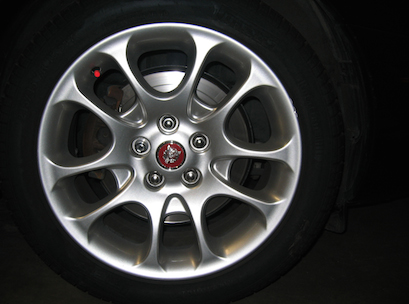 Operators in the tyre retailing industry in Australia have rebounded strongly over the past five years, with industry revenue forecast to increase by a compound annual rate of 3.1 per cent over the five years through 2014-15, to $4.8 billion.
Operators in the tyre retailing industry in Australia have rebounded strongly over the past five years, with industry revenue forecast to increase by a compound annual rate of 3.1 per cent over the five years through 2014-15, to $4.8 billion.
Price competition at wholesale and retail levels of the supply chain has forced industry operators to pass on cost savings, increasing demand.
While demand for tyres fell at the onset of the global financial crisis, the essential nature of tyres for road transport ensured the industry subsequently benefited from pent up demand.
According to IBISWorld industry analyst Andrei Ivanov, there has been an influx of cheap tyres into the market, largely coming from low cost Chinese manufacturers. Such tyres have been popular, as weak retail conditions have driven consumers to purchase cheaper tyres rather than no tyres at all.
An appreciating Australian dollar early in the period made imports even cheaper. As the negative effect of cheaper tyre prices is outweighed by the positive effect of demand growth due to lower prices.
However, revenue growth has been impeded by rising petrol prices, as consumers have decreased the number of kilometres they drive to minimise running costs.
“Fewer kilometres driven means that tyres wear down more slowly, reducing demand for the industry,” says Ivanov.
The collapse in oil prices in late 2014 and a consequent decline in fuel costs are yet to have an effect on the industry.
Further, plateauing demand in the mining and construction sectors is forecast to result in more subdued revenue growth of 1.0 per cent in 2014-15, although improved retail conditions are expected to benefit the industry.
The industry has a medium level of market share concentration. Major players include Goodyear Australia, Bridgestone Australia, Tyrepower, Bob Jane Corporation and Wesfarmers.
Consumers are expected to continue to drive fewer kilometres over the next five years, although the added benefit of more fuel efficient cars may partially offset this trend.
The Australian dollar is projected to depreciate, driving up the price of imported tyres. With price competition already strong throughout the supply chain, much of the increased costs will be passed on to consumers. Tyre Retailing industry revenue growth is expected to stagnate due to the subsequent decline in demand.





